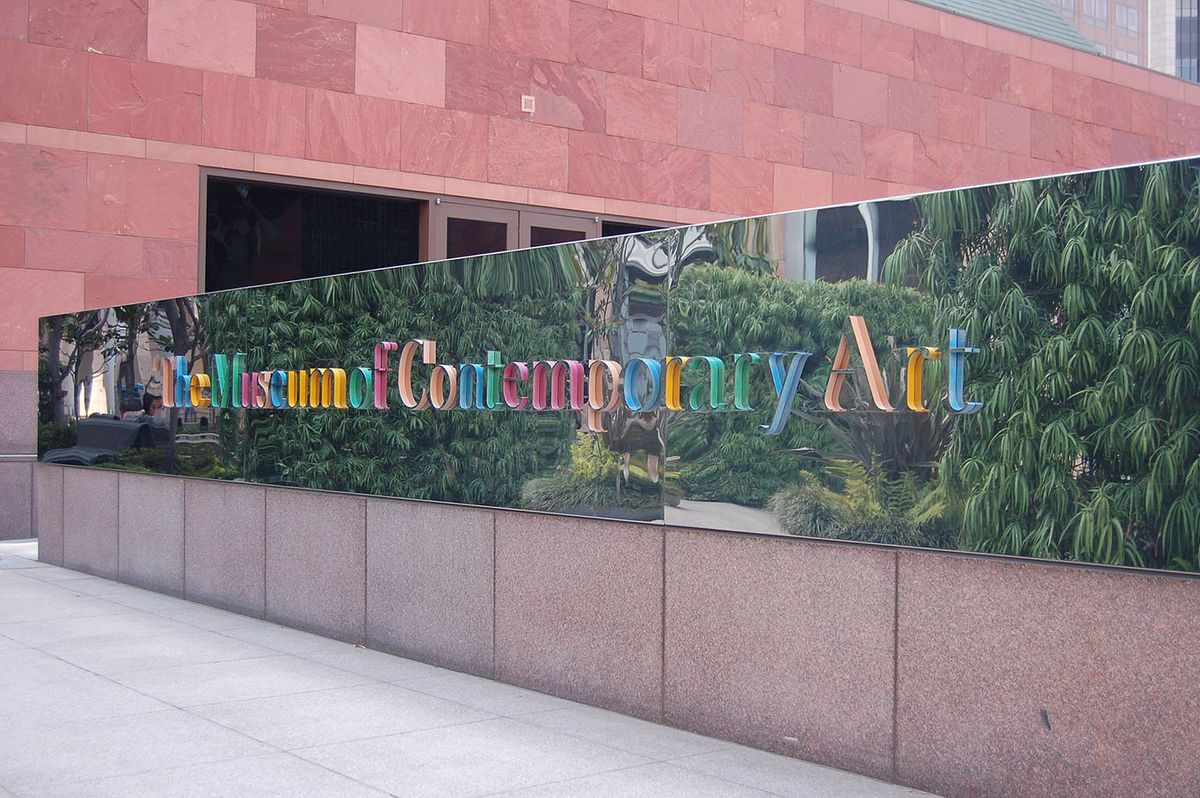In a move that underlines art institutions’ financial worries, the Museum of Contemporary Art (MOCA) in Los Angeles has announced that its director Klaus Biesenbach will take on a new role as artistic director in a reshuffling that will involve hiring a new executive director.
Biesenbach has presided over the museum as director since 2018 and is known for a devotion to discovering new artists: in his new role, he will focus on exhibitions, other programming and collections. The new executive director will handle daily management and operations.
American museums have struggled with the divisions of such duties in recent years, with some major institutions opting to separate exhibition programming and collections care responsibilities from daily operations and financial management. Often, directors who have focussed on promoting artists and ambitious exhibitions have proven less effective at shoring their institutions’ finances.
MOCA’s move appears to signal a move toward doggedly bolstering the museum’s bottom line. Los Angeles museums have been closed since last March because of the coronavirus pandemic and have been struggling with the loss of revenue from admissions, retail sales and special events.
The Los Angeles Times reports that revenue and membership at MOCA have steeply declined since the institution’s closure last spring to combat contagion.
The newspaper quoted from a museum letter to staff members: The newly appointed executive director, the letter read, will oversee daily management and operations, including “establishing key strategic, institutional and capital priorities, long-range planning as well as the implementation and advancement of critical initiatives of the museum, including IDEA [Inclusion, Diversity, Equity and Accessibility] and other staff-forward initiatives”.
The paper also quoted MOCA’s board chairwoman, Maria Seferian, as saying that the new leadership structure would make significant strides while also acknowledging Biesenbach’s accomplishments.
“Klaus has made incredible advances possible under his leadership,” she says, “and this new structure allows us to invest even further in his exceptional artistic vision, his extraordinary fundraising results and his creative and dynamic development of new initiatives for the museum.”


